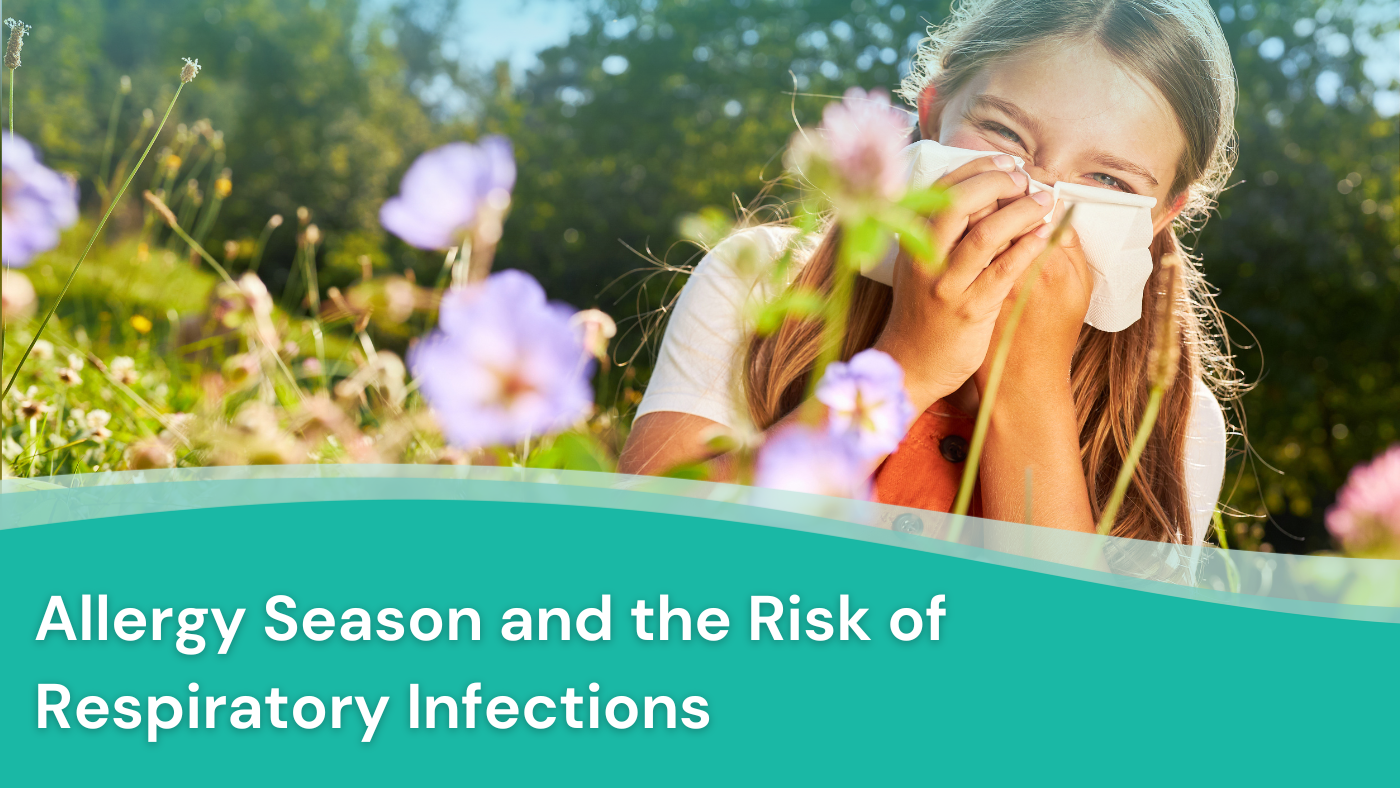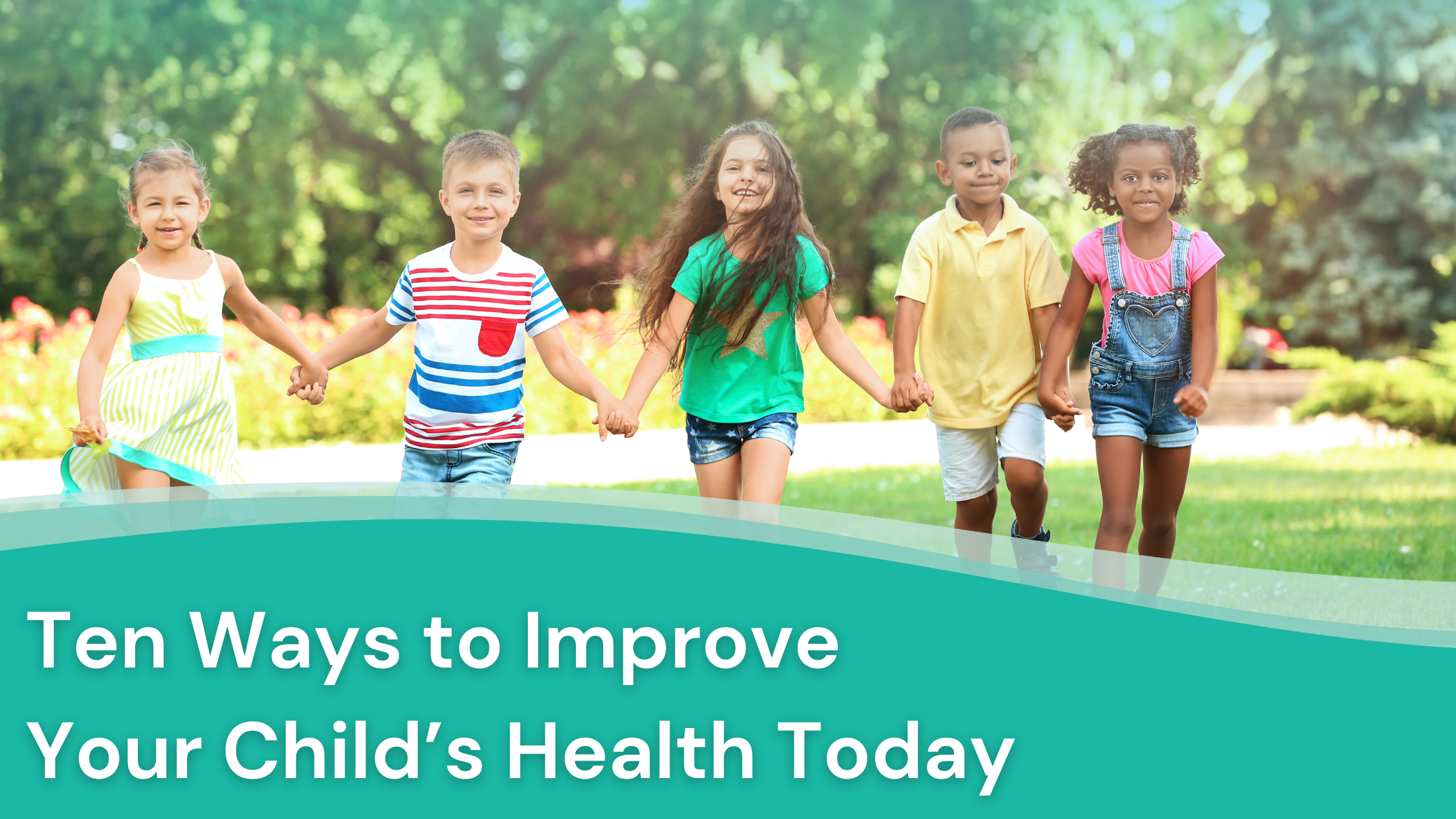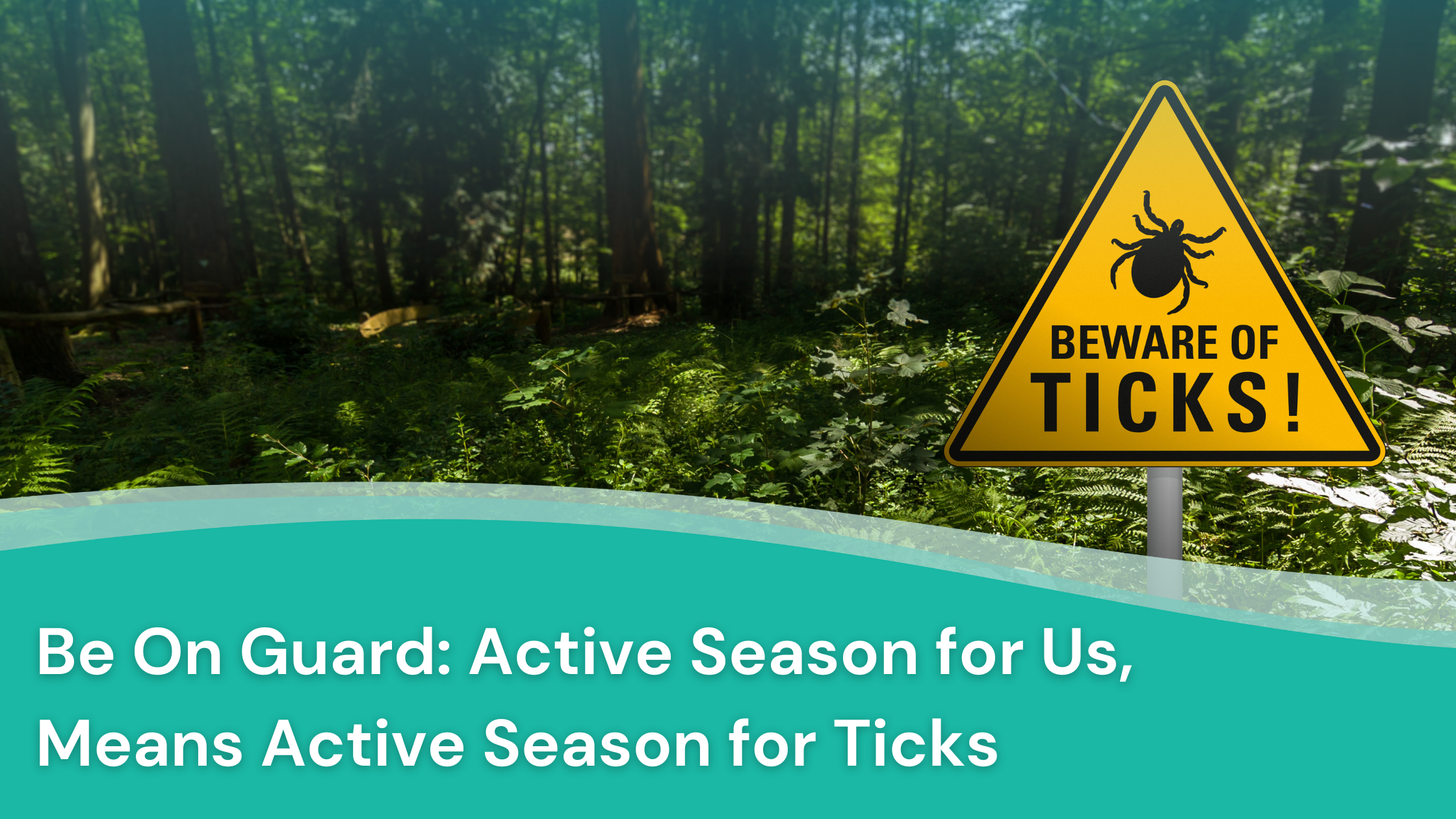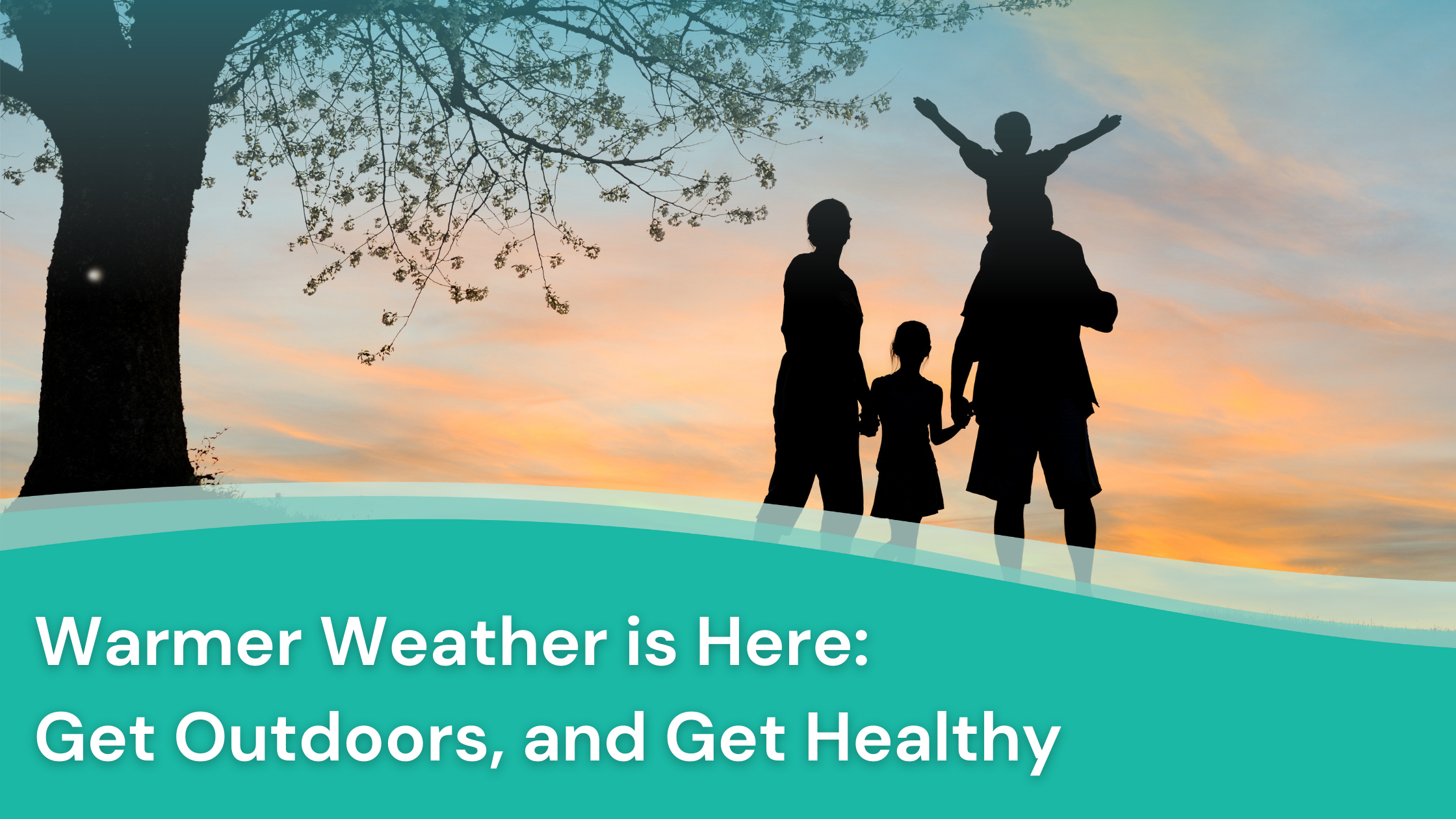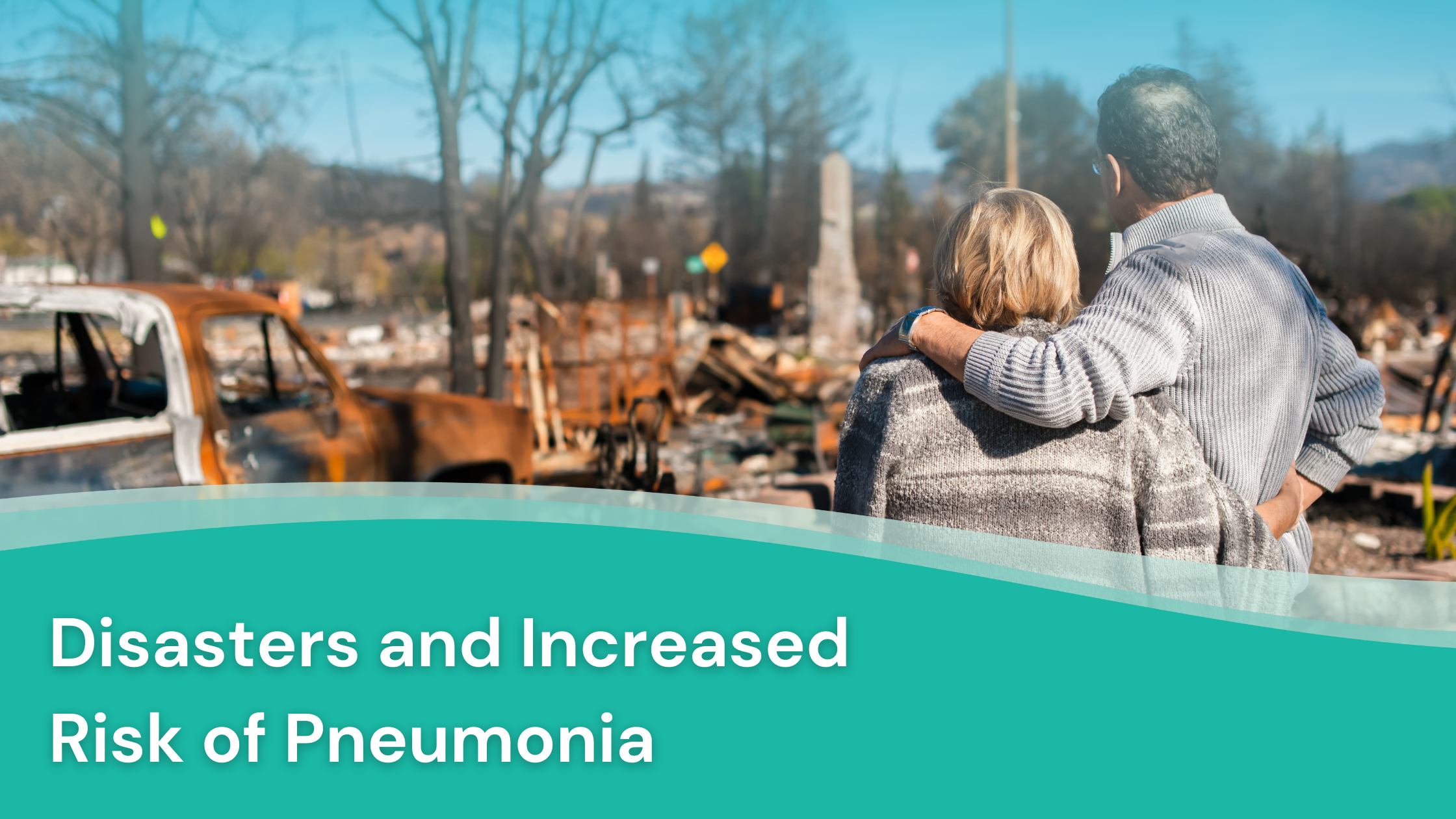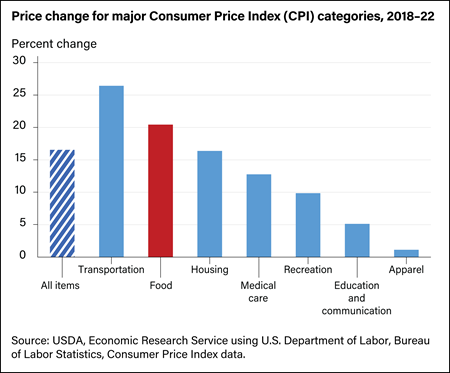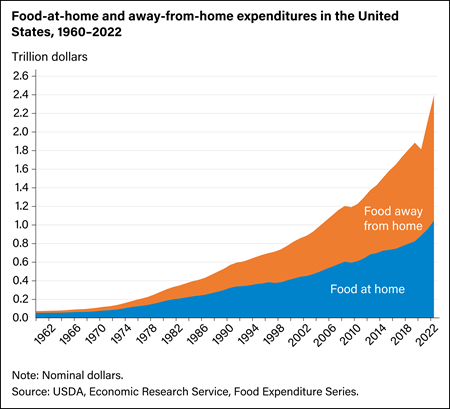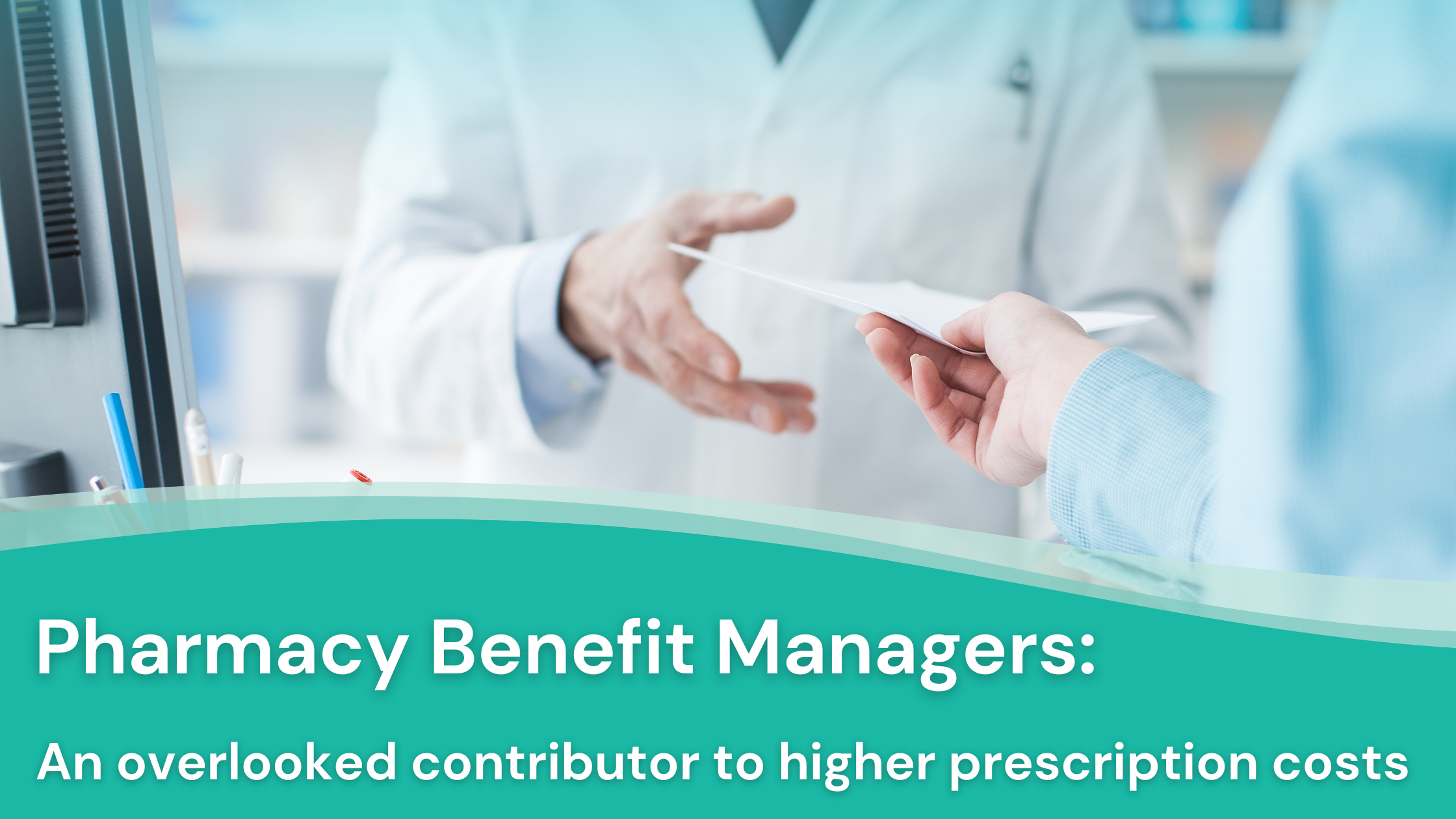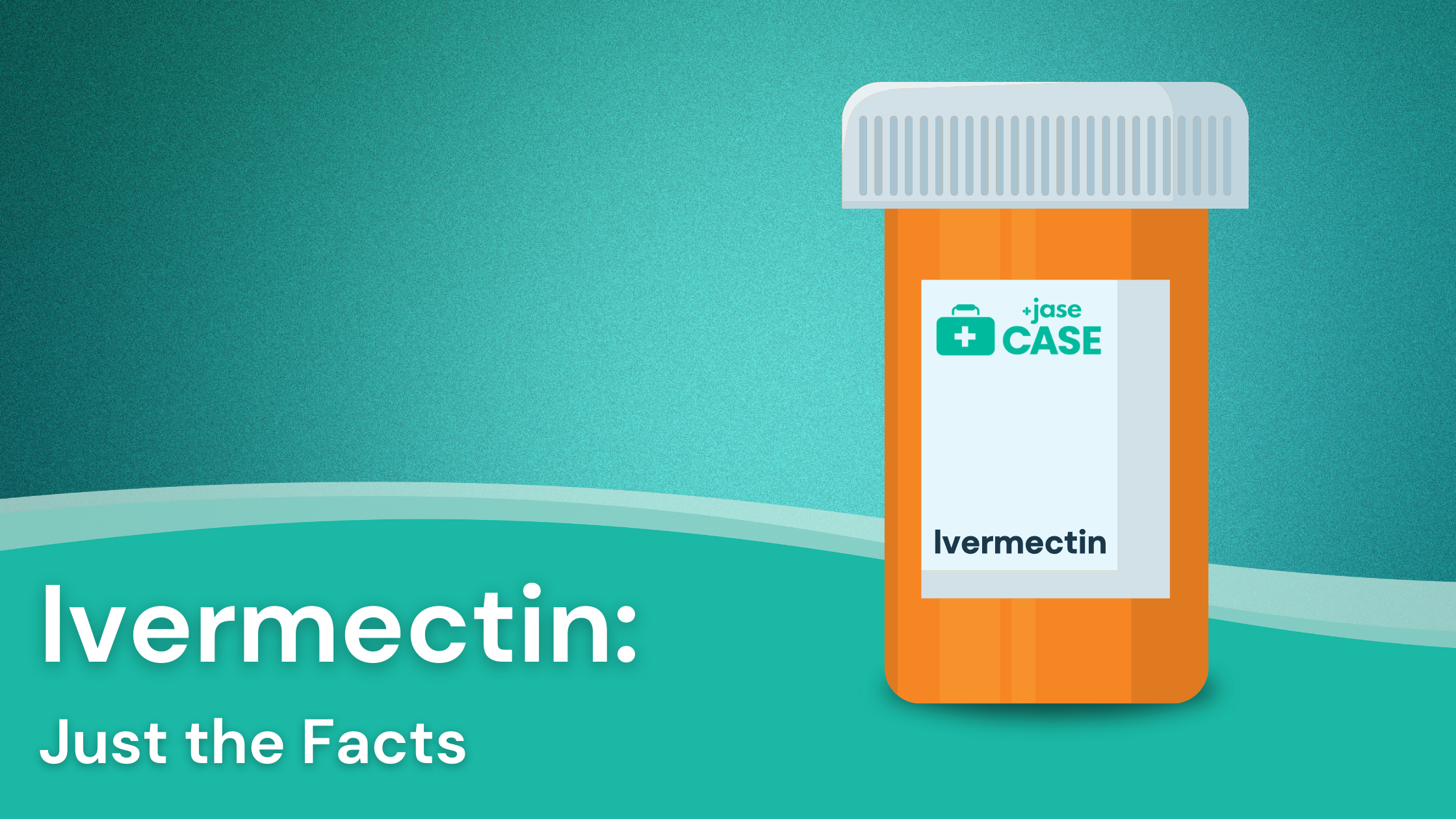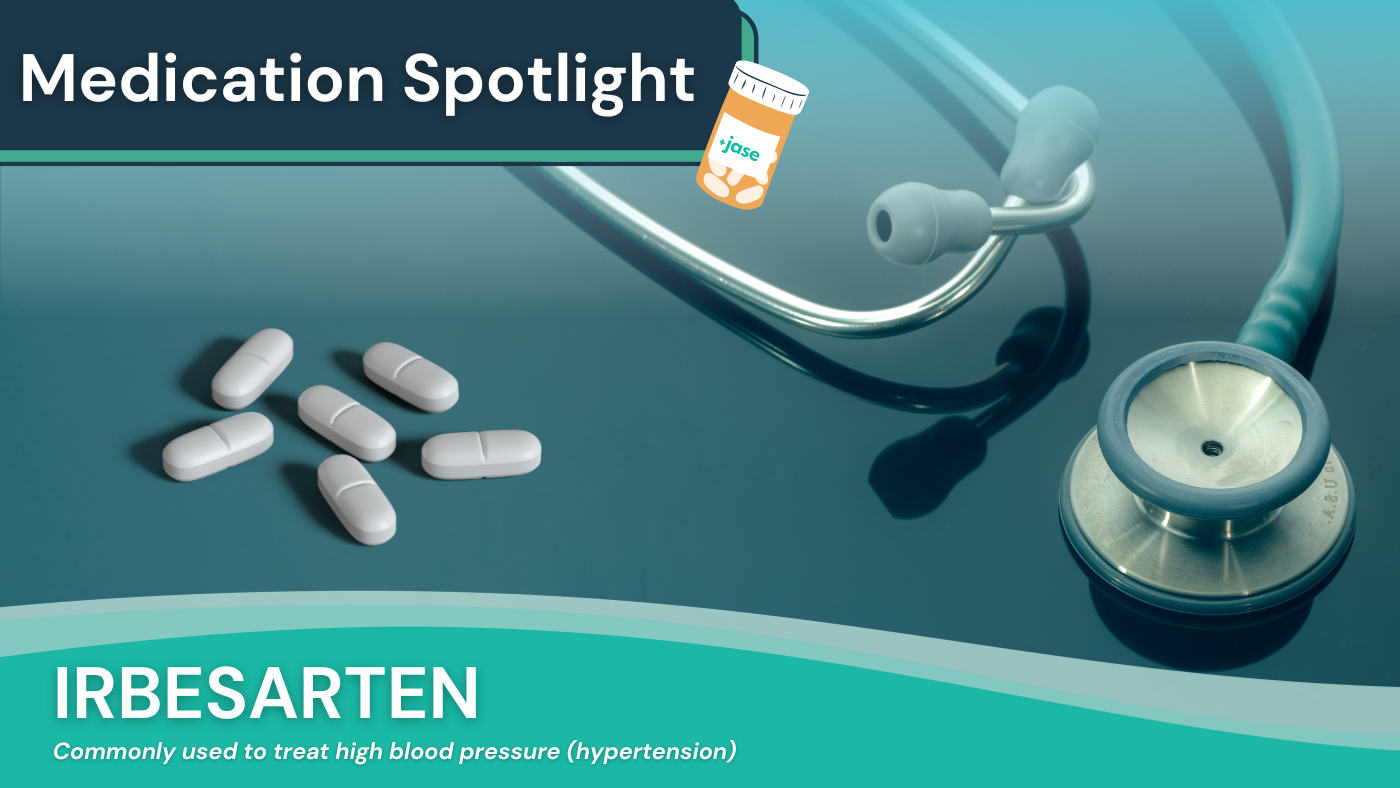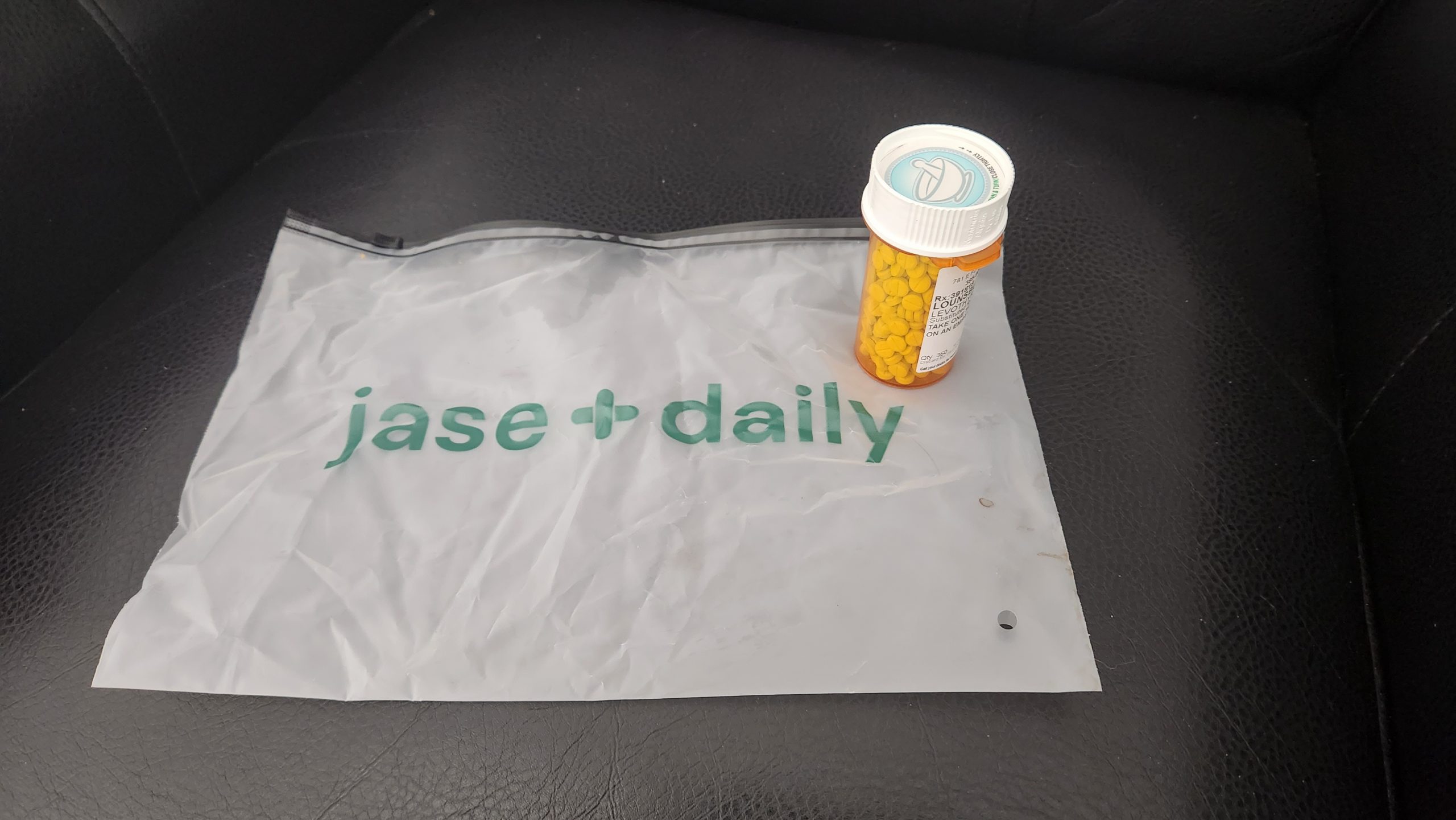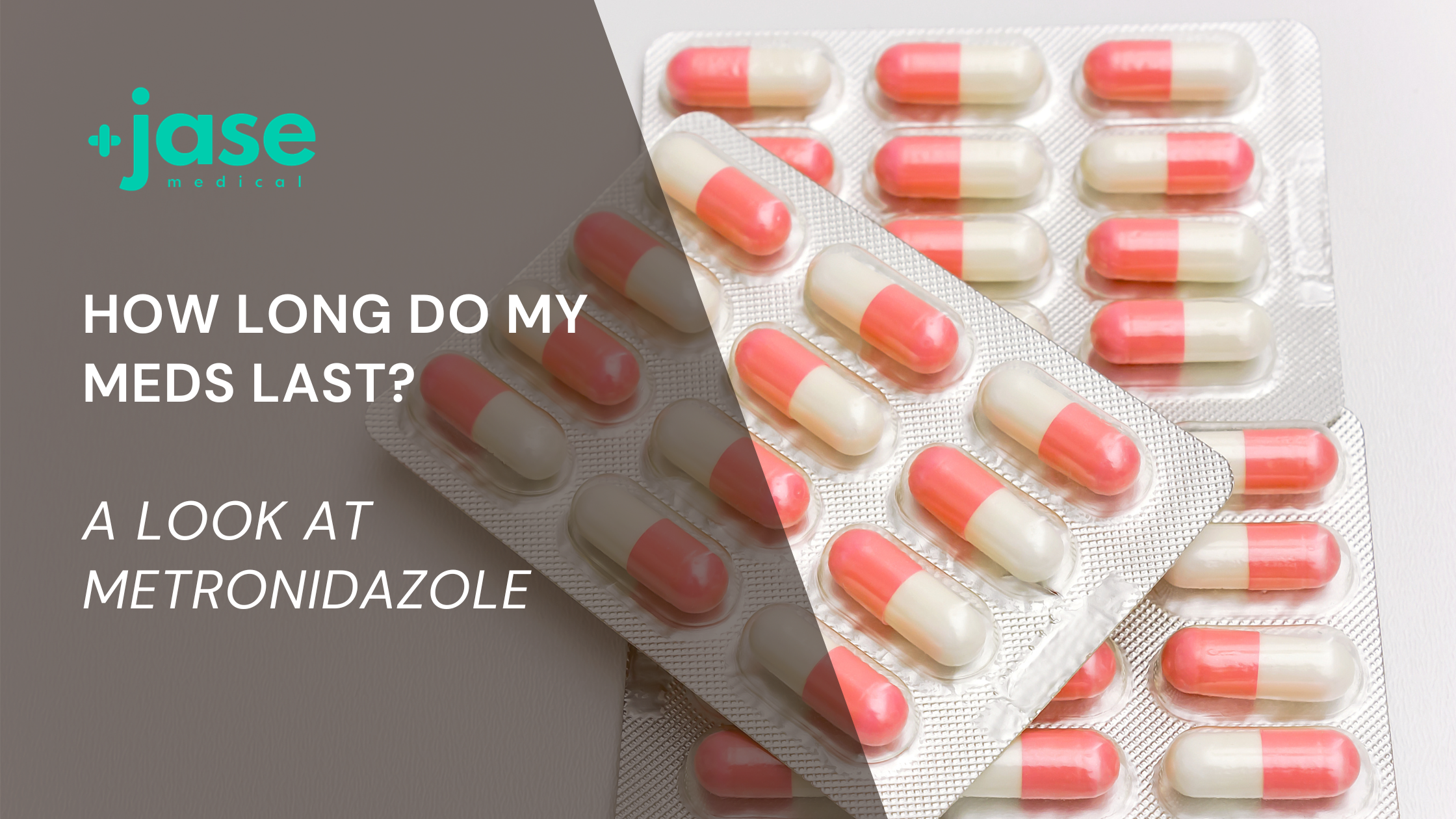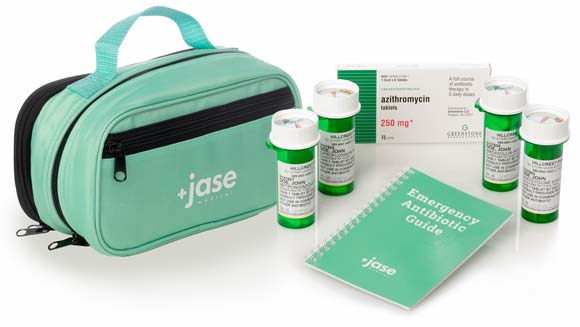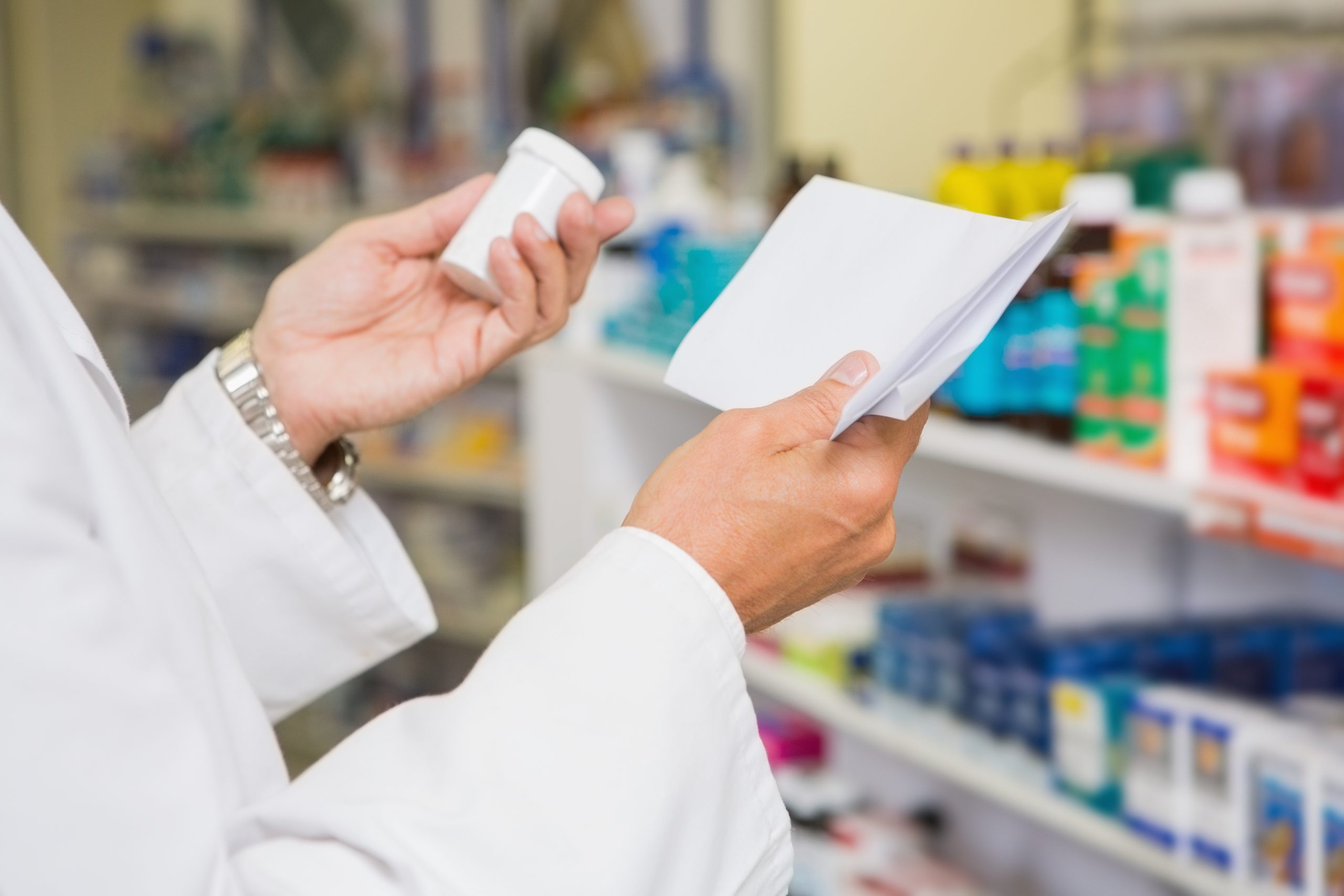Don't let allergies turn into something more serious!It’s that time of year. The weather is lovely, the flowers are in bloom, the birds are chirping, and the tissues are flying? Summer’s around the corner, and Spring is certainly in the air, but so are the allergens....
Tips for Getting Our Kids to Live Their Healthiest Lives

Kids are superb little copycats; let’s give them some positive things to mimic.
.

Healthy kids, Happy Families: Empowering Children for Lifelong Wellness
Before they start making their own decisions, kids will begin copying ours. So the more health conscious examples we set, the happier and healthier we’ll both be. But, in a world of sugary treats and screen time, getting them on board with healthy habits can at times feel like a battle.
It’s also important to educate them about health. Teach your child about the importance of good nutrition, physical activity, hygiene, and other aspects of health. Help them understand how their choices will impact their well-being.
Here are some tips to help your little ones embrace a super healthy lifestyle, all while having fun!
Fueling Your Little Superheros:
- Lead by example. If they see you making healthy choices, they’re more likely to follow suit. Fill your pantry with fruits, veggies, and whole and natural foods – cut out the sugary snacks.
- Make mealtime a family adventure. Get your kids involved in grocery shopping and preparing meals. Let them pick out colorful fruits and veggies, and encourage them to help with age-appropriate tasks like washing produce or stirring ingredients.
- Spice it up! Don’t be afraid to experiment with new recipes. Involve your kids in the process and let them choose healthy ingredients they’re curious about.
- Presentation is key! Make healthy food fun and visually appealing. Cut sandwiches into fun shapes, arrange fruit kebabs, or create “power plate” dinners with different colored sections.
- Limit (or eliminate) sugary drinks. Instead encourage hydration. Water should be the go-to beverage. Invest in a fun reusable water bottle and make staying hydrated a game.
Unleashing the Inner Athlete:
- Find the fun! Focus on activities your child enjoys, whether it’s dancing, playing tag, swimming, or riding a bike. Explore local parks, playgrounds, or join a recreational sports team.
- Make it a family affair! Go for walks, hikes, or bike rides together. Active family time creates lasting memories and sets a great example.
- Limit screen time. Set clear guidelines for screen time and encourage active alternatives.
- Get creative! Turn household chores into mini-workouts. Time yourselves doing chores like cleaning their room or raking leaves. The winner gets bragging rights (or an extra bedtime story!).
Resting Up for Adventure:
- Establish a bedtime routine. This could include a warm bath, reading a book, or quiet cuddle time. Keep electronics off for at least an hour before bed to promote quality sleep.
- Create a sleep-conducive environment. Make sure their room is dark, quiet, and cool.
- Set the example in your house. Put them to bed, and go to bed early too. Practice good sleep hygiene yourself, by avoiding screens before bed and establishing a consistent sleep schedule for the whole family.
Remember:
- Be patient and positive. Building healthy habits takes time and encouragement. Celebrate small victories and focus on progress, not perfection.
- Make it a team effort. Work with your partner, caregivers, and even your child’s school to reinforce healthy habits.
- Encourage Positive Body Image. Help your child develop a healthy body image by emphasizing the importance of being healthy and strong, rather than focusing on appearance.
- Celebrate Progress. Praise your Childs efforts toward healthier choices. Celebrate small victories and encourage them to keep going.
- Focus on the fun! Keep things positive and lighthearted.
Healthy Routines = Healthy Results
When healthy living feels like an adventure, your child is more likely to stick with it.
By implementing these tips, you can help your child develop a love for healthy living that sets them on the path to a happy and healthy life!
Just as our children will mimic our daily behaviors – both good and bad – they will want to partake in healthy activities if they see us living our best lives too. Just as we care for them, we should care for ourselves.
Sometimes life will go ways we haven’t intended, and the volatility of children’s lives and their penchant for the unpredictable will mean they increase these chances. Having emergency medications on hand for ourselves and for our kids is a key point in any plan for whole family.
Lifesaving Medications
Recent Posts
Keeping you informed and safe.
Allergy Season and the Risk of Respiratory Infections
Ten Ways Parents Can Improve Their Child’s Health Today
Small changes can make a big difference!As parents, there's nothing we want more than for our children to be healthy and happy. We dream of them skipping through life with boundless energy, tackling new adventures with enthusiasm, and growing into strong, confident...
Stop Ticks in Their Tracks: Prevention, Removal, and Treatment
Don't get ticked off: Tips for how to conquer those tiny terrors.Unfortunately we humans aren’t the only ones who enjoy the nice weather this time of year. Ticks usually go dormant for the winter (unless they have found a warm, hospitable host), so we tend to let our...
Explore the Benefits of Outdoor Adventure
An active family is a healthy family, and a healthy family is a happy one. .Stay healthy by getting outside, and stay safe while doing so. The sun is shining, the birds are chirping, and a gentle breeze is calling you outdoors! As this season graces us with its...

